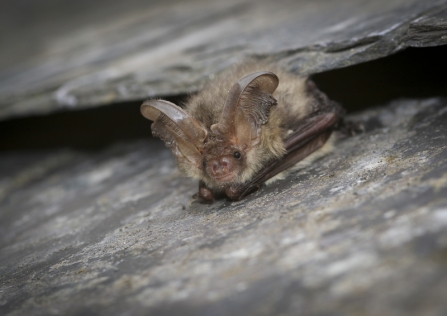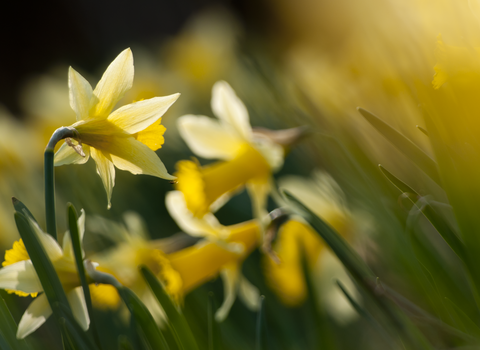
Fox cubs playing by Luke Massey/2020VISION
Fox
Foxes generally give birth in mid-March to between four and five cubs. Tiny, blind and deaf, fox cubs are extremely vulnerable and the first few weeks are critical for their survival. During this time mumma fox will stay close, relying on other members of her social group to provide for her.
After the first four weeks, cubs will begin to emerge from their den, playful and curious. Once weaned the adults will start bringing them food, larger mammals and birds for the cubs, measly mice, and voles for themselves - it's not unusual for the mothers to look pretty thin during this time, putting the cubs' needs above their own.
Play fighting and hunting practice is also high on the agenda and doting mothers willingly oblige, helping to build the skills these cubs will need as adults.






